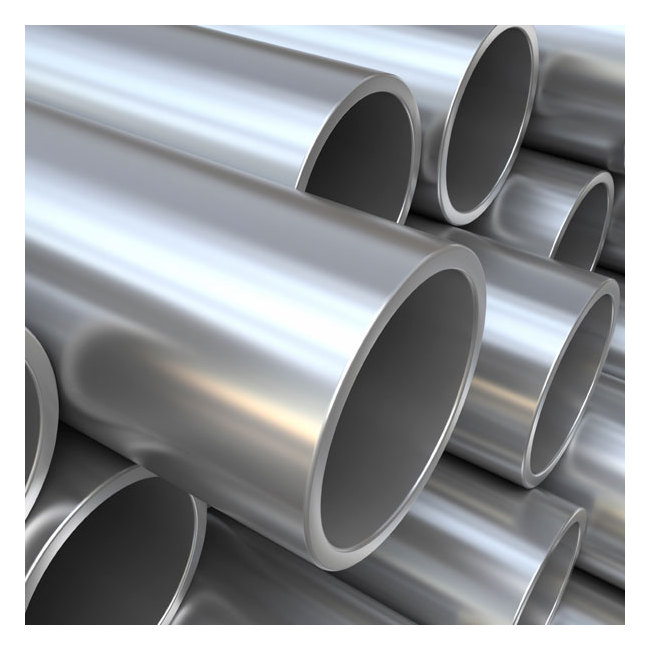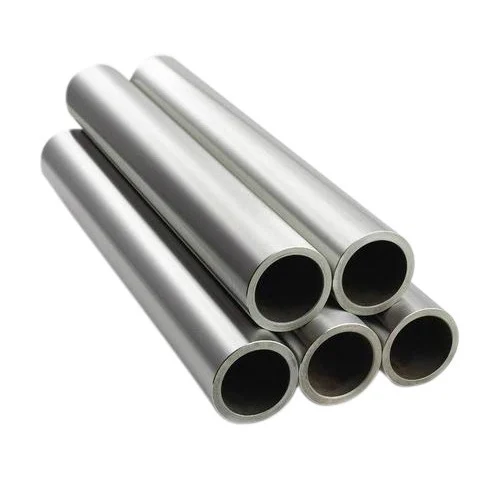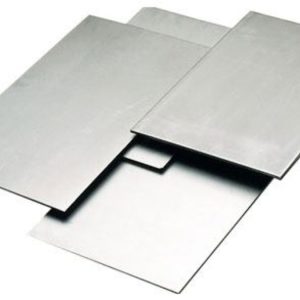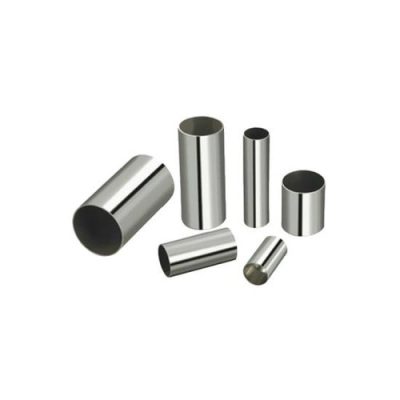Description
Alloy 20 is used in many applications, including:
-
Corrosion resistanceAlloy 20 has excellent corrosion resistance in chemical environments that contain sulfuric acid and other aggressive media. It’s also used in phosphate coating drums and racks, heat exchangers, and bubble caps.
-
Resistance to acid attackAlloy 20’s additions of copper and molybdenum provide resistance to acid attack, especially sulfuric acid.
-
Resistance to hostile environmentsAlloy 20’s additions of copper and molybdenum provide resistance to pitting and crevice corrosion.
-
Stabilization
Alloy 20 is stabilized with niobium to resist intergranular corrosion and with columbium to minimize carbide precipitation during welding.
Alloy 20 / UNS N08020 / W.Nr. 2.4660
Description
Alloy 20 is a nickel-iron-chromium based, austenitic alloy with excellent corrosion resistance in chemical environments containing sulfuric acid and many other aggressive media. This alloy is stabilized with niobium to resist intergranular corrosion. Alloy 20 may provide potential cost savings when carefully compared to higher nickel-based alloys, while out performing standard stainless steels.
Industries and Applications
Alloy 20 is used in a variety of industries, including chemical processing, petrochemical and refining, marine, pharmaceutical and food processing. End use applications include storage tanks, mixing tanks, agitators, pump and valve parts, food processing equipment, fasteners and fittings. Applications are limited to a maximum temperature of 1000°F per ASME. It is also important to determine if the necessary corrosion resistance can be achieved within the given environment.
Resistance to Corrosion
Alloy 20 has very good resistance to sulfuric acid. This alloy also shows suitable resistance in phosphoric acid, nitric acid and aqueous salt solutions. Alloy 20 is an excellent option when chloride stress corrosion cracking is an issue, as it resists pitting and crevice corrosion. Caution should be taken in chloride ion containing environments because the corrosion rate can increase significantly.
Fabrication and Heat Treatment
Alloy 20 can be formed by either hot-working or cold-work using traditional methods. Hot forged material should be heated between 2100°F and 2250°F with careful temperature control insuring that the material not fall below 1800°F prior to forging. After hot working, anneal the material by heating to 1725°F and 1850°F for a minimum of 30 minutes per inch of thickness followed by water quench.
When stress relieving is desired, heat to a temperature below 1000°F followed by water quench after the desired time at temperature has been established. Annealing Alloy 20 should be between 1725°F and 1850°F for 30 minutes at temperature per inch of thickness. A lower hardness can be obtained by heating to 2100°F but his may have a negative effect on the stabilization of the alloy.
Welding Alloy 20 is commonly performed via, TIG, MIG as well as submerged arc welding (SAW) using either the matching filler metal, ER320LR for TIG and MIG and E320LR for SAW. When welding to dissimilar alloys such as 316 or higher alloys such as C276 and Alloy 22, AWS ERNiCrMo-3 can be used for TIG and MIG while using ENiCrMo-3 for SAW.
Common Trade Names
INCOLOY® alloy 20, Carpenter® 20 alloy, 20CB-3®
INCOLOY® is a registered trademark of the Special Metals Corporation group of companies.
Carpenter® and 20CB-3® are registered trademarks of Carpenter.





Reviews
There are no reviews yet.